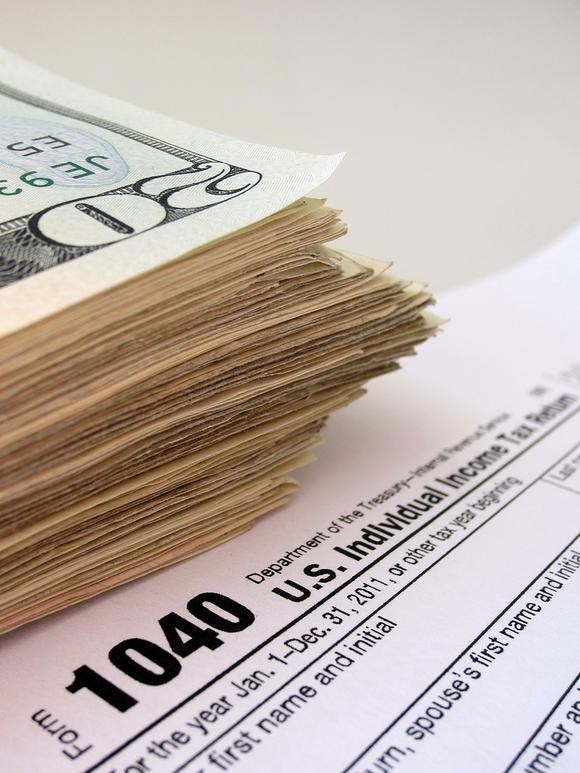Tax rules can take some of the sting out of investment losses
Post on: 16 Июль, 2015 No Comment

Tax rules can take some of the sting out of investment losses
While losses in your stock portfolio may give you plenty of headaches, the losses may have a tax upside. Consider the following strategies between now and the end of the year to restructure your portfolio in a tax-efficient manner.
Taxpayers are allowed to offset capital gains (such as from the sale of stocks) with capital losses. If capital losses exceed capital gains for the year, up to $3,000 of losses can be deducted from other income, such as wages. Any loss greater than that can be carried forward to future years. Its important to remember that stocks youve owned for more than one year (called long-term) must be grouped together for purposes of calculating the capital gain or loss. The same is true for stocks held for one year or less (short-term).
Heres the strategy. When you identify stocks in your portfolio that have lost value and are no longer worth holding, consider selling those securities and offset all but $3,000 of the loss by also selling stocks that have gained value. This is known as tax loss harvesting, and it can be an effective method for rebalancing your portfolio without paying capital gains taxes.
You can often manage the size of your gain or loss when you decide to sell some, but not all, of a particular stock or mutual fund. To do this, you must have kept good records of the date and the price for each block of shares purchased. By selling the highest cost shares first, youll minimize your taxable gain or maximize your loss. You must specify the particular shares you are selling at the time you sell.
On the other hand, you may see the current market as a buying opportunity. If you are considering an investment in mutual funds, pay special attention to the funds proposed date for capital gains distributions. Mutual funds generally distribute all capital gains to investors toward the end of the year.
If you purchase a mutual fund just before a distribution date, you will receive the distribution and be required to include it in your taxable income. Since the price of the fund shares before and after a dividend distribution reflect the amount of the dividend, you are actually paying income tax on part of your own purchase price. To avoid this outcome, call the fund and ask for the ex-dividend date and the estimated payout, and make your purchase after that date.
For assistance with the year-end tax planning connected with your investments, give our office a call.














